A Flashback Friday Post from July 29, 2020
You could say the Blackstone Valley was Alexander Hamilton’s dream come true. He wanted the U.S. to grow into an industrial and international powerhouse. This was the subject on which he and Thomas Jefferson fought. Jefferson wanted democracy and a more rural environment. Also, Jefferson had slaves. He liked his slaves, some of them very much indeed. Hamilton, while not an ardent abolitionist, didn’t believe that plantations and slavery were going to push this nation forward. And that is, of course, what the show “Hamilton” is about.
The thing is, Hamilton’s idea of our future was born on the Blackstone River. Right here as it runs down from the Worcester Hills, through Uxbridge, and down into Rhode Island. This is where America’s Industrial Revolution was born.
And that’s how come we’re still cleaning up the pollution 234 years later.
Born Bankrupt
America was born bankrupt. We won the revolution, but lost everything else. Our economy was dependent on Great Britain. We produced raw material, but Great Britain turned those materials into goods for world markets.
Everything has a price and we had no money. We had hoped we could reach an agreement with England short of war and had there been a less intransigent monarch on the throne at the time, we might have been able to do so. Despite the Massachusetts “Sam Adams faction” who were hellbent for battle, most colonists felt at least some allegiance to England.
We had no “American identity” because there was no America with which to identify. Nor was the yearning to breathe free burning in every heart. What the colonists of North America wanted were the rights of free Englishmen. We wanted seats in Parliament. We wanted to vote on taxes and other policies that affected colonial life. A deal could have been reached, but George III was not that kind of king.
The result? A war, the staggering loss to England of its wealthiest colony, and the birth of a new nation.
Winning the war was remarkable. We had no army or navy. We were sparsely populated. Existing militias were untrained, undisciplined, little better than rabble. That George Washington could turn this into an army was no small feat. No wonder they wanted him to be the first President.
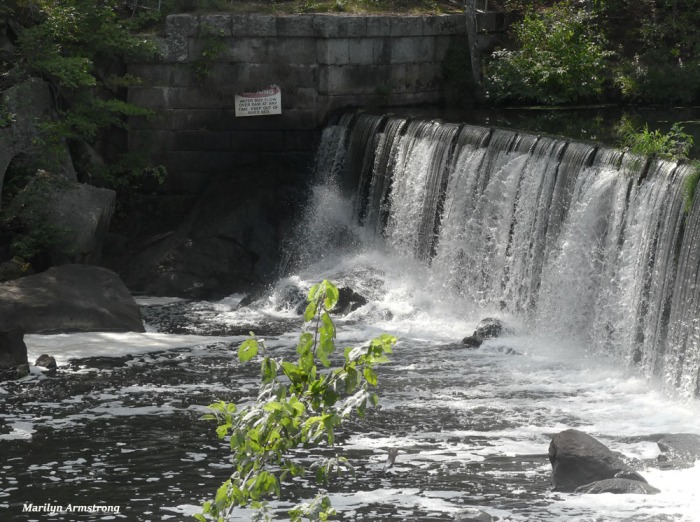
And then, there were the French whose military support enabled us to beat the British. It was a loan, not a gift. We agreed to pay it back. The French revolution was an unexpected but gratifying development. It was like having the bank that holds your mortgage disappear taking your mortgage with it. It vastly improved our debt to income ratio. When Napoleon came to power and suggested we repay our war debt, we said “What debt?”
Our shipping industry was in its infancy. We had very few ships or sailors and minimal access to world trade. The British ruled the seas and being soreheads, refused to share it with us. It would take years before we could challenge their ascendancy on the seas.
What Did We Have?
Slaves and land. Sugar and rum.
If you who think slavery was an entirely southern institution, you’re wrong. Although slaves lived mostly in the southern colonies, they were brought to these shores by New England sea captains, held in New York, Boston, and other northern cities, sold to slavers at markets in the north, then sent south to be sold again to individual owners. The entire economy of the nascent country was based on slaves and their labor. The institution of slavery could not have persisted had it not been supported by business interests in the north.
The new-born United States had, for all practical purposes, no economy. We were pre-industrial when European countries were well into the modern industrial period. We had no factories. We had no national bank, currency, credit, courts, laws or central government. Our only thriving industry were slaves.
Although there was an abolitionist movement, it was more sentimental than real. North and south, slaves created wealth. Not for slaves, but others. Fortunes were made selling humans and profiting from their labor. When it came time to write the Constitution, to turn a bunch of individual colonies into one country, the Devil’s compromise was needed. Abolishing slavery would doom any attempt to pass the constitution across all 13 colonies, so slavery became law. The groundwork was laid for the bloodiest war America would ever fight.
Slavery has twisted and distorted American history. It has shaped our politics, society, culture, and social alignments since the beginning of this nation. Its legacy has not ended nor will it likely end in my lifetime.
Why Didn’t We Find a Better Way?
Question: If our Founding Fathers were so smart, how come they didn’t see that slavery would come back to bite us in the ass?
Answer: They knew it was wrong and knew that it would result in civil war. They absolutely knew and the details are in their memoirs. They theorized they could retain slavery and form a strong nation, or wind up with two weak countries — one slave, one free. They chose what they thought was the lesser of the two evils.
There is no such a thing as “the lesser of two evils.” Lesser or greater, evil never produces a good result. Embracing evil is wrong. Always.
Was it really the lesser evil? It’s a bit late to second guess. It was clear from the get-go there was no way we were going to form a single nation if slavery was made illegal. From private writings by members of the continental congress, it was obvious they knew the issue of slavery would be resolved by civil war. They were glad they’d all be dead by then. Long before 1776 and the Revolution, slavery was the polarizing issue in the colonies.
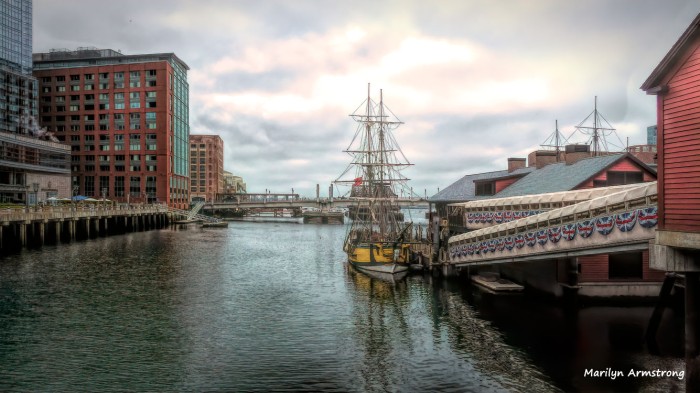
And so “The Great Compromise” was put into place. The Constitution was approved. Ninety years later, the expected civil war exploded and more than 630,000 lives was the butcher’s bill. An ocean of blood was the price to end slavery. Many more years would pass before this country’s non-white population would see anything resembling justice, much less equality. When you dine with the Devil, bring a (very) long spoon.
Was it worth it? I thought I knew the answer but I’ve changed my mind. We would have been better off as two countries with at least one that really was free.
Mills
Slaves, rum, and sugar — the triangle of trade that kept America’s economy alive — was profitable for plantation owners, sea captains, and slave traders, but didn’t generate a lot of entry-level job opportunities for an average worker. A lot of people needed work and even more needed goods. Dependable sources of income were slow in coming and the U.S. stayed in the preindustrial world 100 years longer than England.
Most people didn’t own ships. If they did, they might not be inclined to become a slaver. Regarded as an economic necessity by many, it was never anyone’s first choice for a fun occupation. You might be willing to live off slave labor, but the process of buying and selling humans was more than most people could stomach.
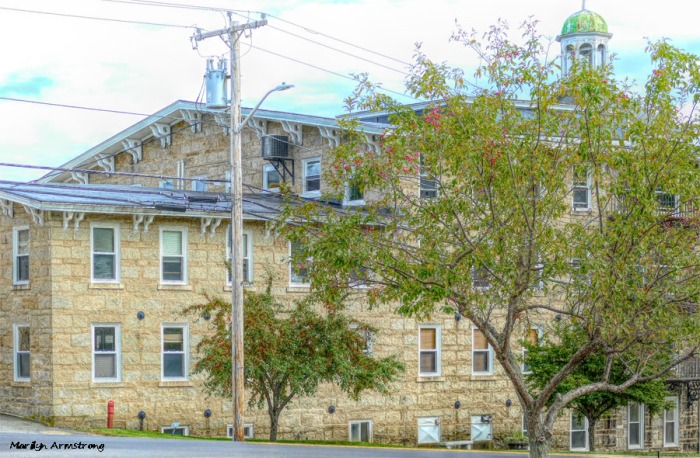
As great political and legal minds gathered in Philadelphia to draft a document to build a nation, other great minds were seeking ways to make money. It’s the American way. In one of the stranger coincidences of history, the Constitution went into effect on March 4, 1789 while simultaneously, the American Industrial Revolution was aborning on the Blackstone River.
Moses Brown had been fighting his own war, battling the Blackstone. With its 450-foot-drop over a 46-mile course — an average drop of 10 feet per mile — the Blackstone River is a powerhouse. Not a wide river, its sharp drop combined with its narrowness and meandering path give it more energy than a river this size normally generates. It invited development. The question was how.
Through 1789, as the Constitution was gaining approval throughout the former British colonies, Brown wrangled the river, trying to build a cotton thread factory in Pawtucket, RI at the falls on the Blackstone River. He was sure he could harness the river to power his mill, but as the end of the 1789 approached, the score stood at Blackstone River – 1, Moses Brown – 0.
America had her welcome mat out in those days. We needed people, especially people with industrial skills. We weren’t picky. All immigrants were welcome. This turned out to be a stroke of luck for Moses Brown.
In December 1789, Samuel Slater — a new immigrant from England — began working for Brown. Slater had spent years working at an English textile mill. He recognized that Brown’s machinery was never going to work. Slater had fine engineering skills. In under a year, he’d redesigned and built a working mill on the Blackstone.

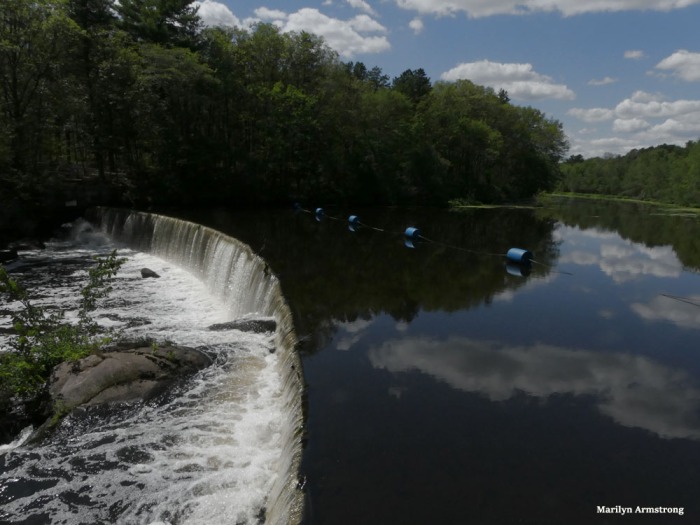
By 1790, Slater’s Mill was up and running, the first successful water-powered cotton-spinning factory in the United States. Slater’s Mill proved you could make money in New England doing something other than whaling, fishing, or running rum and slaves. Entrepreneurs hopped on the idea like fleas on a dog. Mills were an immediate success. New England was inhospitable to agriculture, but fertile for factories.
Mills grew along the Blackstone from Worcester to Providence, then sprouted by the Merrimack in Lowell, and eventually, throughout New England. Wherever the rivers ran, mills and factories followed.
The Blackstone Canal
On the Blackstone, mill owners urgently sought a better way to move their goods.
The features that made the Blackstone a natural for generating power made it useless for shipping. The only other choice — horse-drawn wagons — was slow and expensive. The trip took between 2 to 3 days over dirt roads from Worcester to Providence. In heavy snow, it was impossible. This led to building the Blackstone Canal. Meant as a long-term solution, it actually turned out to be a short, temporary fix, but it was still an impressive undertaking.
What Does This Have To Do With Slavery?
Mills brought employment to the north. It created a real industrial base that would give the north the ability to win a war. It started with a river, continued with a canal, expanded with railroads. Which is why the Blackstone Valley is a National Historic Corridor and known as the birthplace of the American Industrial Revolution, a long-deferred revolution which brought the U.S. into the modern age. It positioned us to become a player in the international and industrial world.
Building the Canal
The Blackstone Canal took 4-years to build. Beginning in Worcester in 1824, it was complete by 1828. The main canal runs alongside the Blackstone. In some places, the canal and the river join. There is an extensive network of small canals, many on tributary rivers like the Mumford. The main canal was designed to handle large barges. It travels in a relatively straight line from Worcester to Providence. Smaller canals, built between the river and the big canal, moved small barges carrying local cargo within towns and between mills.
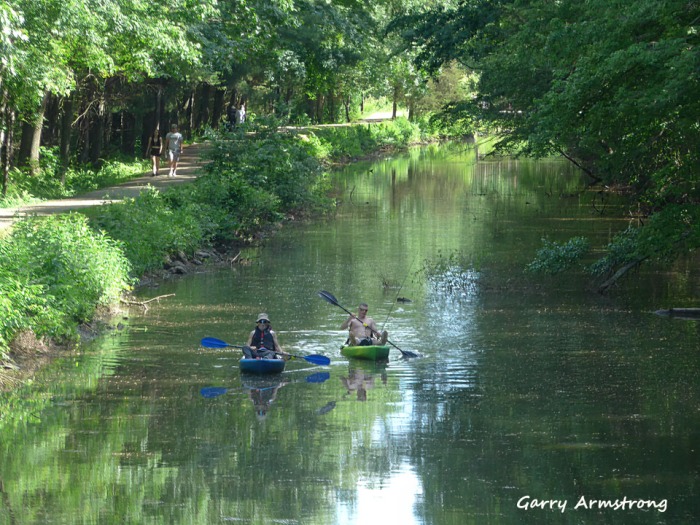
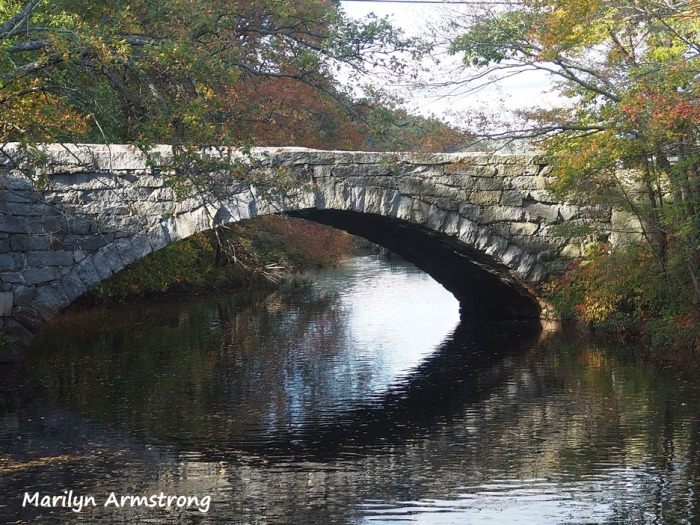
Big barges were faster and cheaper than horse-drawn wagons. A single barge could haul as much as 35 tons of cargo and only needed two horses going downstream.
The canal system remains largely intact. Trails along the canals on which horses towed barges have become walking paths. The barges are gone, but kayaks and canoes enjoy the open stretches of canal and river.
Railroads
Ultimately, railroads were the game-changer. As soon as rails were installed from Worcester to Providence, the canals were abandoned. Business boomed. The Blackstone River was lined with mills and factories by the end of the 1800s. The Blackstone supplied the hydro power and in return the river was used to dispose of industrial waste and sewage.
By the early 1900s, the Blackstone River in Massachusetts was grossly polluted. Fortunately for the river, though not necessarily for the valley’s residents, this was also the beginning of the end of the textile industry in the northeast.
As of 1923, the mills were mostly gone from the north. Since the majority of our cotton was grown down south, mill owners decided it would save money to have the mills near where cotton was harvested. Southward they went and there the mills stayed until the 1990s when we exported our industrial base to countries where labor was cheap. Although some cotton is still grown in the U.S., most of it is now grown in the Middle East, India, or other warm, fertile parts of Asia. Not surprisingly, the price of cotton clothing has skyrocketed.
Meanwhile, up north, with mills and factories gone, the Blackstone Valley’s population began to shrink.
Pollution
In 1971, the Blackstone River was labeled “one of America’s most polluted rivers” by Audubon magazine. It was a low point for the region. Time to clean up the mess.



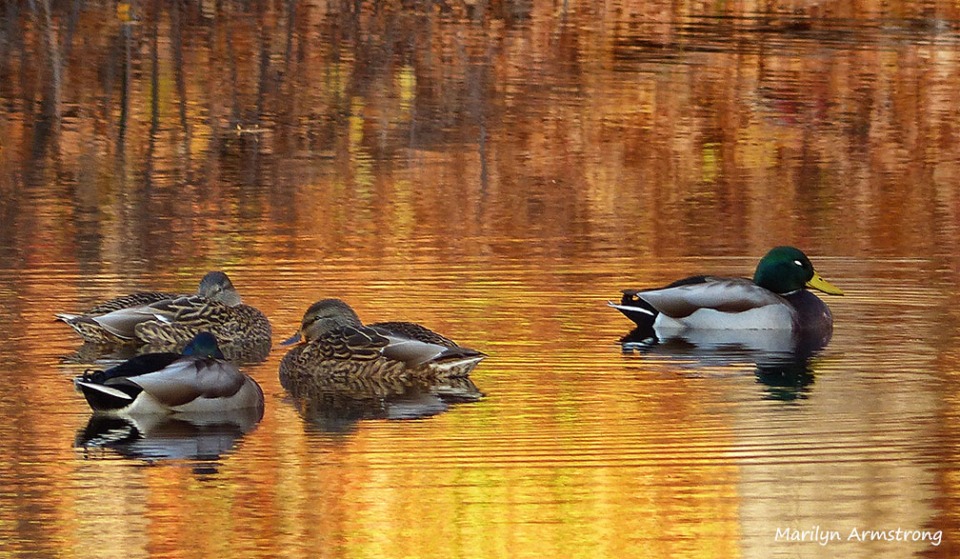


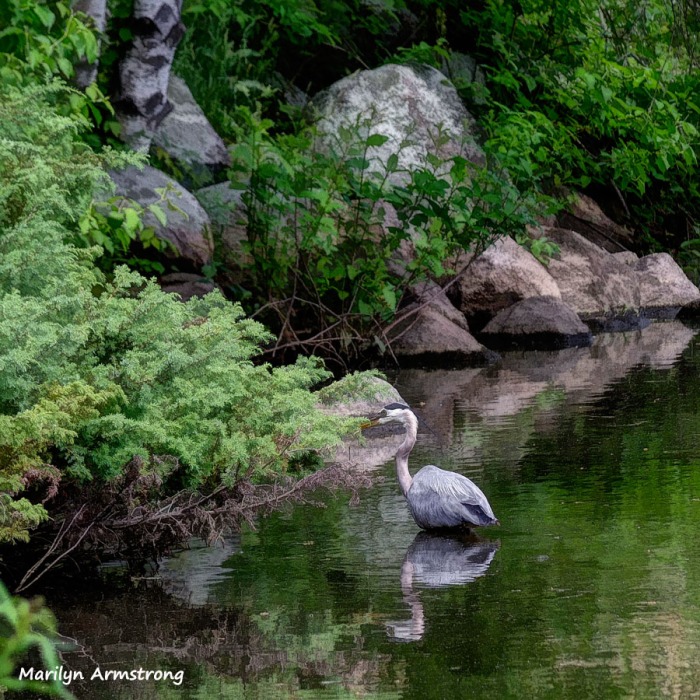
We’re still cleaning up. The river’s tributaries are less polluted than the Blackstone because against all logic and reason, waste-water is still being discharged from a sewage treatment plant in Millbury. It’s hard to fathom how anyone can favor pouring sewage into our river. The fight for clean water will never end.
Although we think modern industry is the biggest polluter, it’s remarkable how toxic 19th century industry was — especially fabric dying and leather-making.
For the past 20 years, specialists in New England have been trying to return the Blackstone River to its original configuration by removing as many of its dams as possible. Unfortunately, behind the stonework of the dams, the soil it holds is extremely hazardous. Releasing the toxic earth would cause major damage to the water we’ve worked so hard to cleanse. A decision was made to not remove the larger dams — Roaring Dam, for example. As long as the stones remain intact, the earth is contained and won’t do further damage. Regular maintenance keeps the stonework in good condition.
Even so, when you talk to Valley residents who know local history, they are wary about eating fish caught in the river. It’s legal and when there’s water, the wildlife people keep it stocked with trout. This year, there won’t be any fish. The herons, geese, and swans will fly to wherever there’s more water and hopefully, food. If they can.
Fish and turtles will die. As of this month, the rivers are dry. We wait for rain. It was cloudy for a few minutes this morning. I had a brief flash of optimism: rain? Even a little bit? Minutes later, the sun was back. No rain today.
Good news? When there is rain, the birds and fish are back. American eagles nest in the woods. Herons and egrets wade in the shallows. Fishing is legal and even swimming is allowed. The river is alive despite man’s best efforts to kill it. Now, if we get some rain, we might yet have a good summer by the river.

Categories: #American-history, #Photography, Blackstone Valley, Ecology, History, Technology

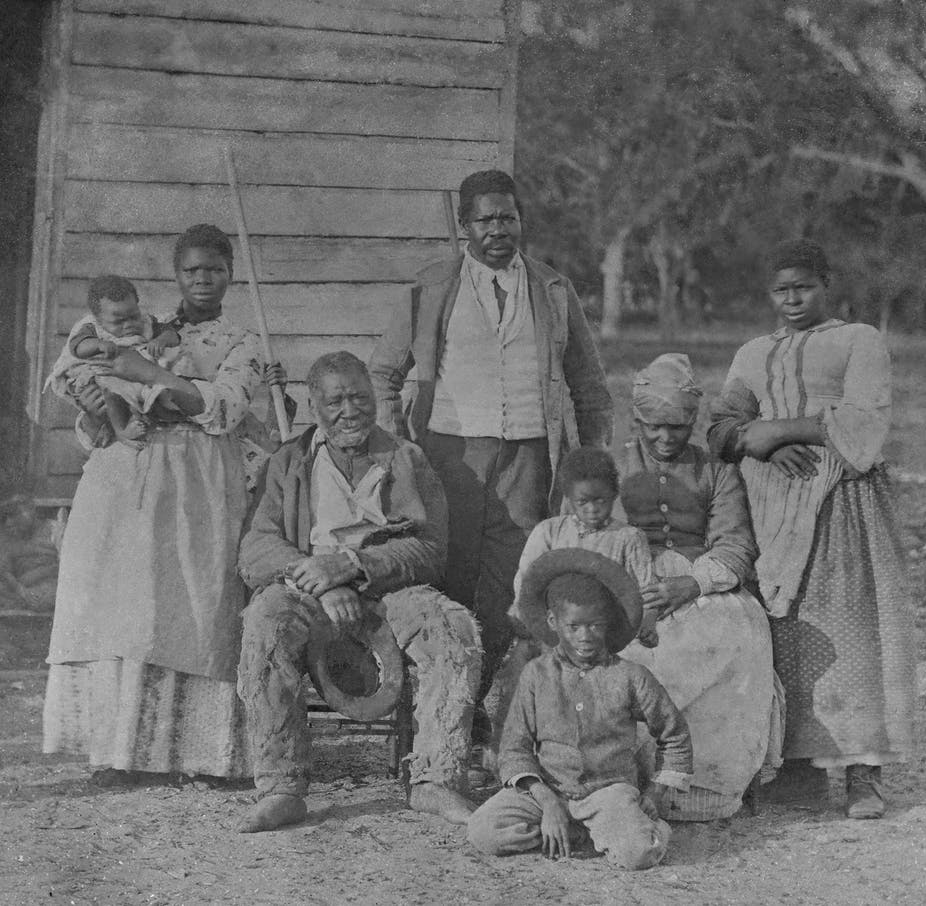
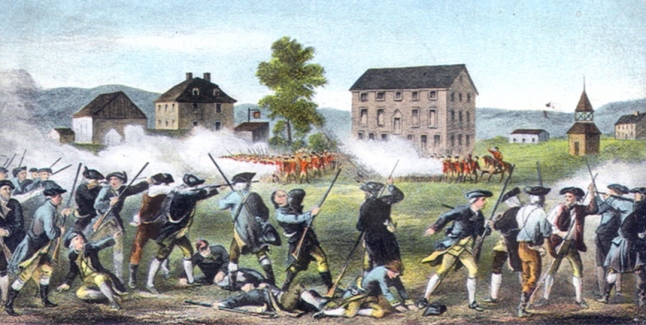
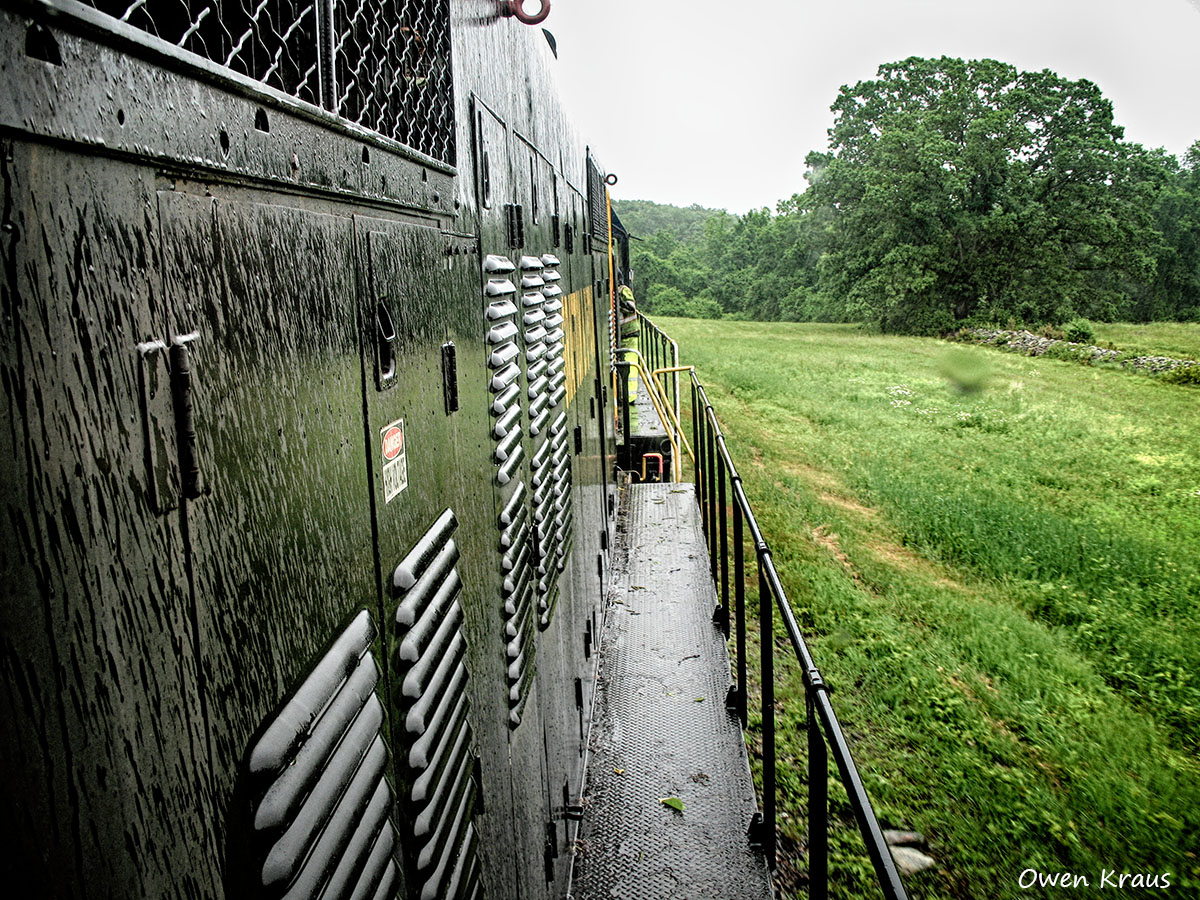
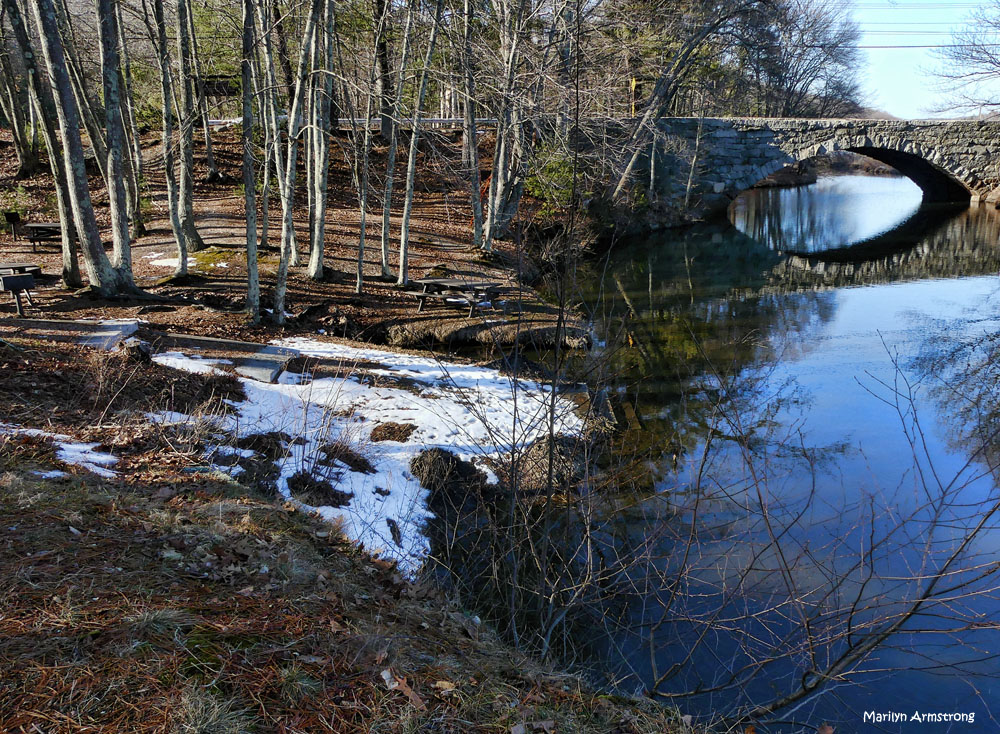
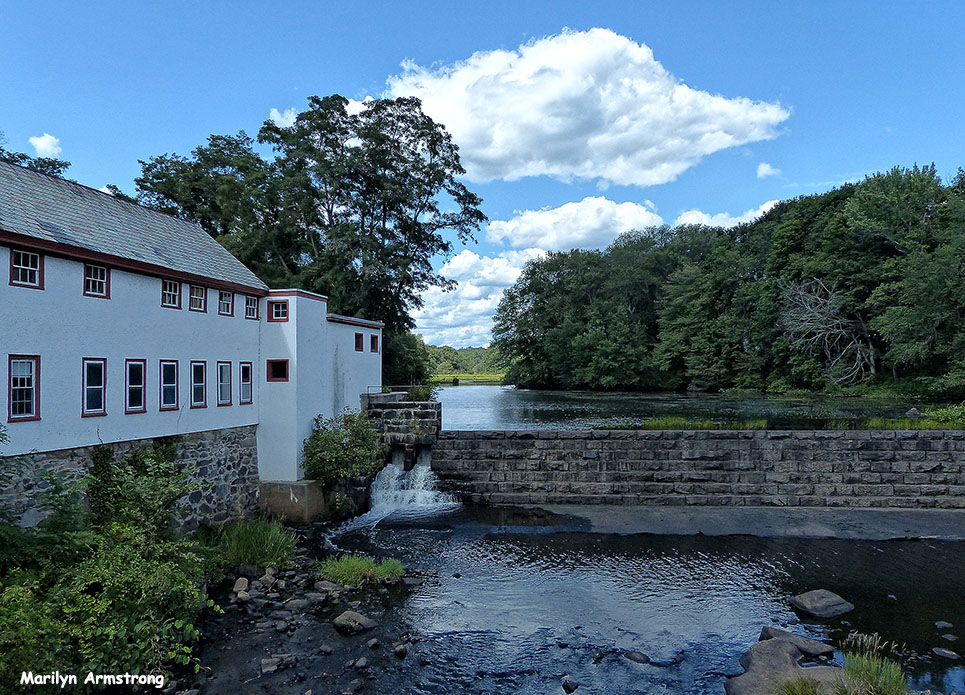
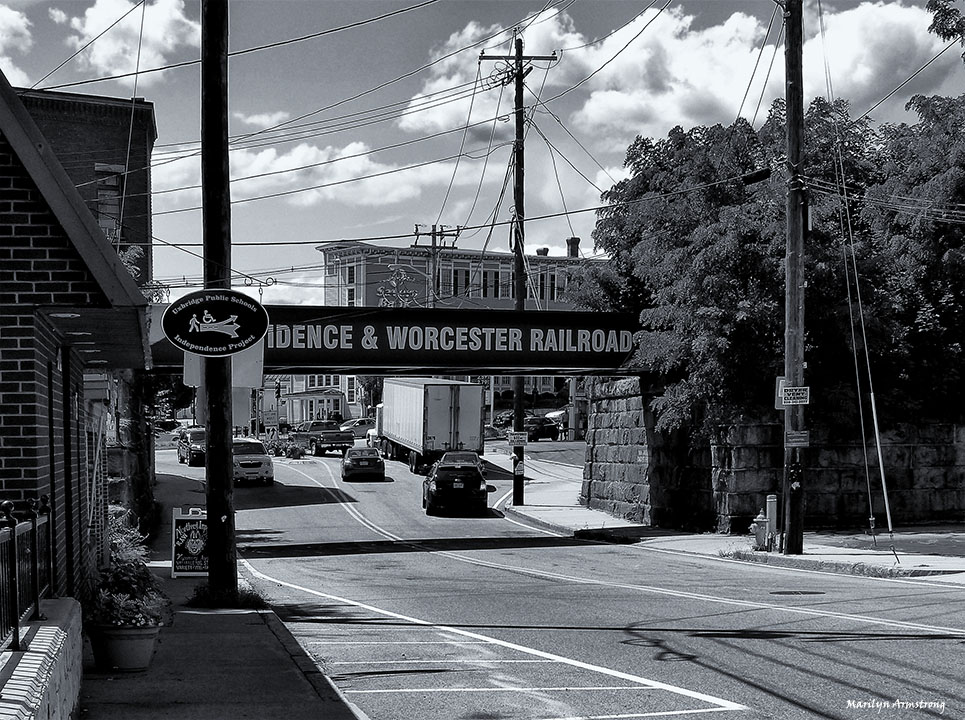

 AMERICA’S INDUSTRIAL REVOLUTION
AMERICA’S INDUSTRIAL REVOLUTION  SLAVERY TO INDUSTRIAL REVOLUTION ON THE BLACKSTONE RIVER
SLAVERY TO INDUSTRIAL REVOLUTION ON THE BLACKSTONE RIVER
This is a superb post. I too learned so much from it. Thank you. You write beautifully and powerful and the photos are amazing.
LikeLike
I love history. I think if we know where we come from, it helps us understand where we might want to go. I knew nothing about this valley when we moved here, but in the process of looking for and finding places to take pictures, then reading the markers in the parks, I did a little extra research and discovered a lot about not only this valley, but about America and how this valley changed the country.
LikeLike
I very much appreciate being able to read this from you, Marilyn, and see the pictures.
LikeLike
Thank you. I like history, so it’s is fun telling people about it. I’m glad you liked it.
LikeLike
Hi Marilyn, this post contains some fascinating information about the development of the USA. I didn’t know very much of this at all.
LikeLike
Most Americans don’t know much about it either. I think if the schools would actually teach REAL history, everyone would understand a LOT more about why we are the way we are. But they don’t. Education, however bad it is in most places (including here, in this state), is not a “sexy” news story. When we ask the question about why Americans seem so stupid? It’s our bad public schools.
LikeLiked by 2 people
I came into contact with someone at a recognition party (concerning an entertainment complex), yesterday, who (aside from being one of the volunteers with lesser hours put in there) teaches classes in another part of “town” (the large metropolitan area) for people who want to become citizens. She explained some of the questions they have to answer on questionnaires and the main tests per the United States and history and geography. I’m interested in participating; I have her number now. Earlier today (before reading this), I got to wondering how I would feel if I didn’t like the potential propaganda being taught. I’d have to go along to some extent. But I perceived that this lady is thoughtful, so it might be an interesting experience.
LikeLike
You learn more history becoming a citizen then going to school in the U.S. for your entire childhood. Ironically, immigrants usually know more about what being a citizen means than do most Americans. What they teach isn’t so much propaganda as our best intentions, not realized very often
LikeLiked by 1 person
I hope that’s what I find.
LikeLike
I hope so too!
LikeLike
My sons are both lucky. They’ve had marvellous history teachers. I’ve been helping Michael prepare for his exams and learning all about the roaring twenties and Great Depression as a nice side-effect. I never learned any US history when I was at school.
LikeLike
I recently read up on Australian history about which I knew nothing. I think your country will be next after I finish WWI. Any history book recommendations?
LikeLike
Thank you for explaining the very important history of the “Land of the Free”. I think i will need a second read to understand it completely. But it’s worth to do, even with my rudiment knowledge in the language. Best wishes, Michael
LikeLike
We were never REALLY the land of the free — and clearly still are not. Sad, but true.
LikeLiked by 1 person